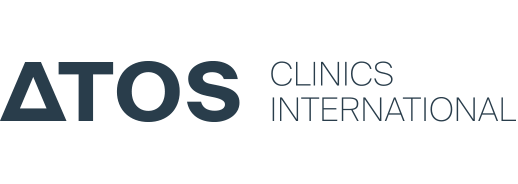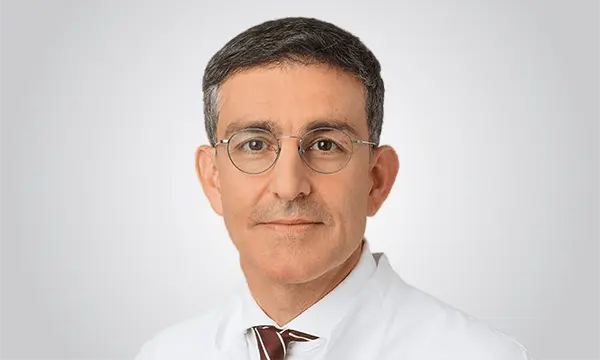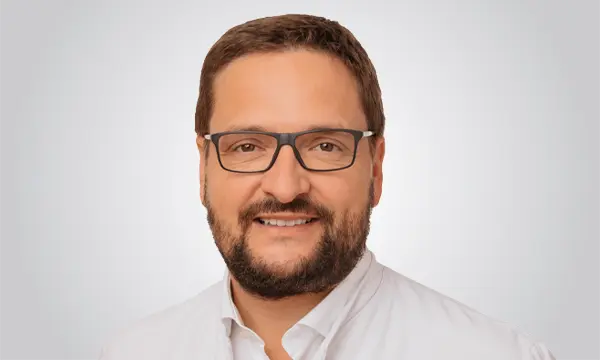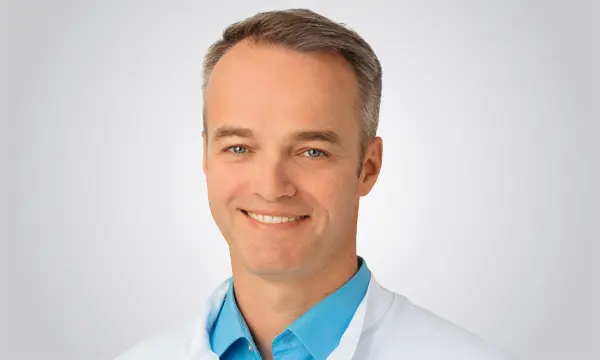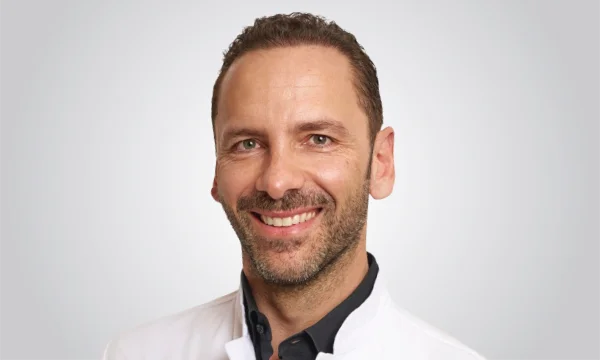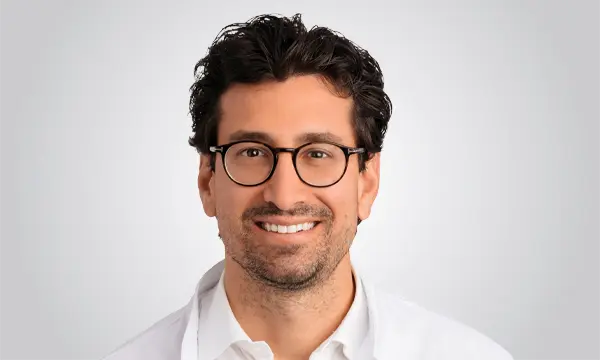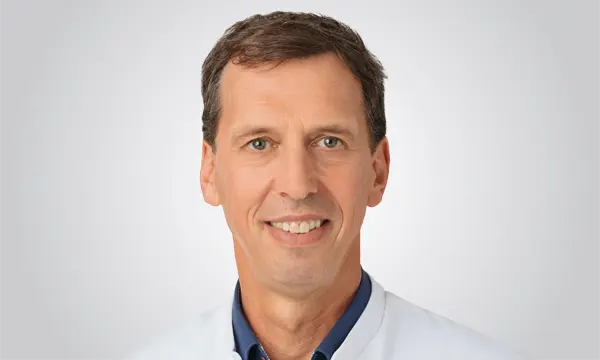ATOS – Your shoulder and elbow specialist in Germany.
Our ATOS experts offer you top-quality medicine at the highest level, including for restrictions in the shoulder and elbow. The shoulder and elbow are very sensitive and injury-prone body parts. This is due in part to the fact that the shoulder has no supporting skeleton and gains its stability through a complex interplay of muscles, ligaments and capsules. On the one hand, this provides for great flexibility, but on the other hand, it also means a great deal of susceptibility to injury. If one of the shoulder components is injured, this affects the entire musculoskeletal system in this area.
There are several causes of shoulder pain
If, for example, the rotator cuff (tendon plate around the shoulder) is torn or calcified painless movement of the shoulder is no longer possible (rotator cuff rupture). Another possible restriction is impingement syndrome. If the space of the shoulder joint is constricted by irritation, e.g. of the tendons or the bursa, the head of the shoulder joint strikes the shoulder roof – resulting in chronic, often severe pain. These and many other symptoms, such as arthritis of the shoulder joint (osteoarthritis), calculus shoulder (tendinosis calcarea), dislocated shoulder (shoulder luxation) or tearing of the biceps tendon, are supported by our ATOS specialists at various locations in Germany. In particular, the German Shoulder Centre, which is part of our ATOS Clinic in Munich, and the German Joint Centre in the ATOS Clinic Heidelberg are internationally renowned and reliable addresses dedicated to specialisation in shoulder and elbow injuries. Often, complaints can be eliminated by minimally invasive shoulder arthroscopy.
Elbow problems can be due to soft tissue, bones and tendons
The elbow is a combination of various joints and the bones of the upper arm, the ulna and the spokes. An injury to the elbow usually affects the functioning of the whole arm. Discomfort may be due to soft tissue disorders (tissues, muscles and tendons of the elbow), bones or bursitis (bursitis olecrani). So-called tennis elbow (epicondylitis humeri radialis/lateralis) is also a familiar disorder in which the tendons around the elbow are inflamed often due to overload. Very painful pressure sensitivity on the outside of the elbow is typical here. Other possible injuries and limitations may include free joint body, arthrosis of the elbow or ulcer-ulnar nerve syndrome. This is a nerve constriction syndrome characterised by numbness and discomfort in the elbow and hand area.
